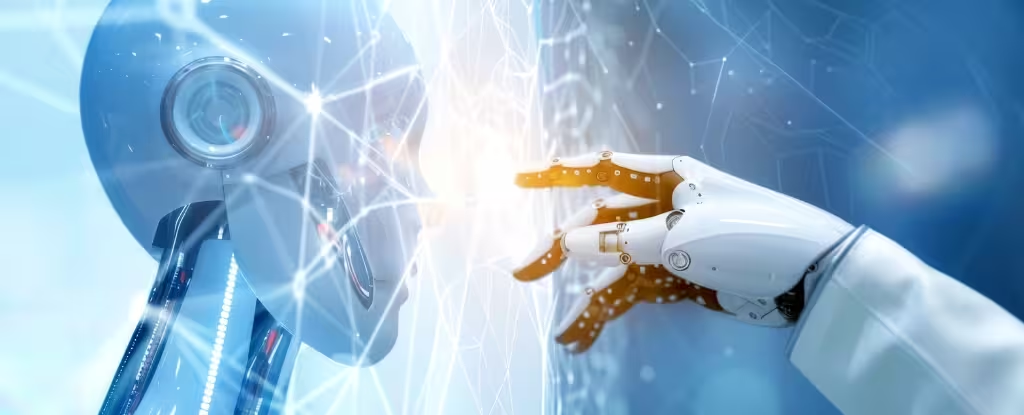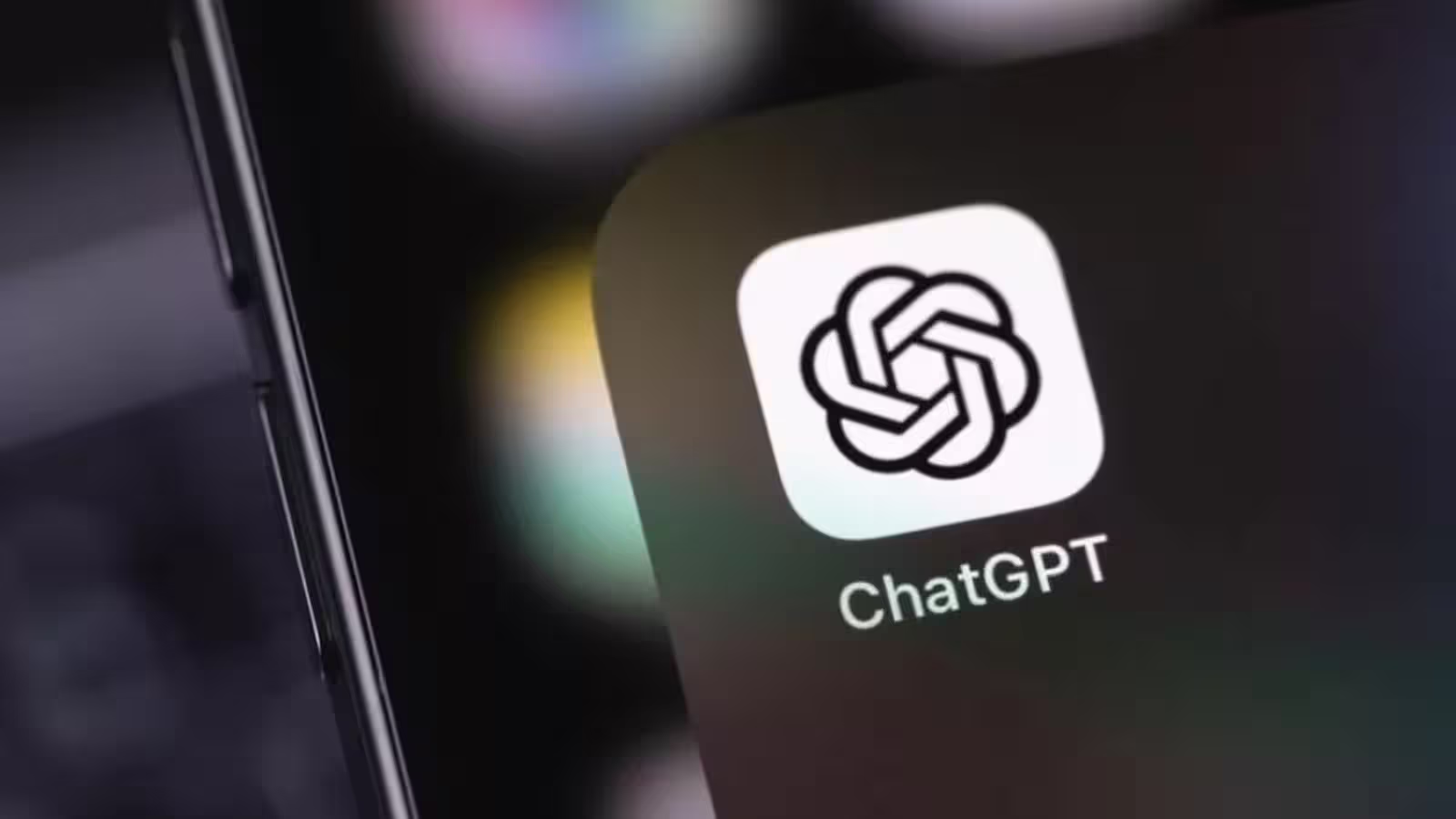4 Minutes
OpenAI this week launched ChatGPT-5, a new generation of its flagship conversational AI that the company says marks a substantial jump in capability. The update is being deployed at no cost to the platform’s user base, which OpenAI reports reaches nearly 700 million weekly users. In a briefing with journalists, co-founder and CEO Sam Altman described the model as "clearly a model that is generally intelligent," while emphasizing that it is not yet equivalent to humanlike artificial general intelligence (AGI).
Altman noted a key technical distinction: ChatGPT-5 does not continuously learn from new data while deployed, a property he believes would likely be part of any true AGI. Still, he said the scale of improvements is significant and that further gains will require continued, large-scale investment in compute resources. Industry leaders have framed the arrival of more powerful AI as the start of a new technological era. Meta CEO Mark Zuckerberg wrote that accelerating AI progress brings "superintelligence" into view and called the moment "the beginning of a new era for humanity."
Scientific background and training
ChatGPT-5 is the product of advanced deep learning techniques built on transformer neural network architectures and large-scale pretraining on diverse datasets. Like previous large language models (LLMs), it uses self-supervised learning to predict tokens in text, then fine-tunes for instruction following and safety. OpenAI reports targeted safety training to reduce deceptive or harmful outputs: internal evaluations were designed to measure deception and to optimize for truthful, helpful responses.
Although the model demonstrates higher reasoning and domain competence than its predecessors, it was explicitly not trained to update itself continuously in deployment. Continuous online learning—where a model adapts in real time to new inputs—remains an active research area with both technical and safety implications. Scaling laws in machine learning suggest that higher compute, larger datasets, and improved architectures can yield orders-of-magnitude gains, a trajectory OpenAI intends to pursue.

Capabilities, benchmarks and applications
OpenAI positioned ChatGPT-5 as a leap forward across multiple use cases: software development, technical writing, healthcare guidance, and other knowledge-intensive domains. Altman compared the evolution of the models by analogy: GPT-3 often felt like interacting with a high school student, GPT-4 like a college student, and ChatGPT-5 "feels like talking to a PhD-level expert" on many topics. Early testers reported that the model is consistently competent and less prone to obvious errors.
A highlighted feature is on-demand software generation—what OpenAI and observers have called "vibe-coding"—where the model can translate high-level intent into working code quickly. This could reshape workflows in software engineering, scientific computing, and data analysis. In healthcare-related tasks the model can summarize research, draft clinical-style explanations, and assist with information retrieval, but OpenAI and external experts caution that outputs are supplementary and not a substitute for professional medical judgment.
The AI landscape remains competitive. Big tech firms — Amazon, Google, Meta, Microsoft — and newcomers such as xAI and the Chinese startup DeepSeek are advancing models and hardware strategies. DeepSeek drew attention earlier in the year for designs that achieve strong performance on more economical chips, highlighting that innovations in hardware and model efficiency are as important as raw scale.
Safety, transparency and open models
OpenAI stated that ChatGPT-5 was trained to prioritize honesty and to produce "safe completions"—answers that avoid providing operational details that could be used for harmful purposes. Alex Beutel, OpenAI’s safety research lead, explained that the company developed evaluations to measure deceptive behaviors and trained the model to resist those tendencies.
In parallel with the ChatGPT-5 release, OpenAI made two new "open-weight" language models available for download and modification. This move responds to calls for transparency and reproducibility across the AI community and re-engages the company’s early ethos of broader openness. The balance between openness, safety, and commercial strategy will likely remain a central debate as models grow more powerful.
Critics and peers offered mixed reactions. British developer Simon Willison, after early access, described the model as broadly competent—"just good at stuff"—without calling it a dramatic leap. Elon Musk, owner of x (formerly Twitter) and developer of the Grok model family, asserted that his Grok 4 Heavy was "smarter" than ChatGPT-5, underscoring fierce competition and diverging assessments of capability.
Conclusion
ChatGPT-5 represents a notable advance in large language models and a step closer to highly capable general-purpose AI systems. It demonstrates improved domain expertise, stronger coding and knowledge work abilities, and renewed emphasis on safety and honesty. Yet it stops short of continuous learning and true AGI, and it raises persistent questions about compute requirements, model governance, and the societal impact of increasingly capable AI. As industry and research groups iterate on architectures, hardware, and safety techniques, the coming years will determine how these technologies are integrated into scientific research, space applications, healthcare, and the broader economy.
Source: sciencealert



Comments